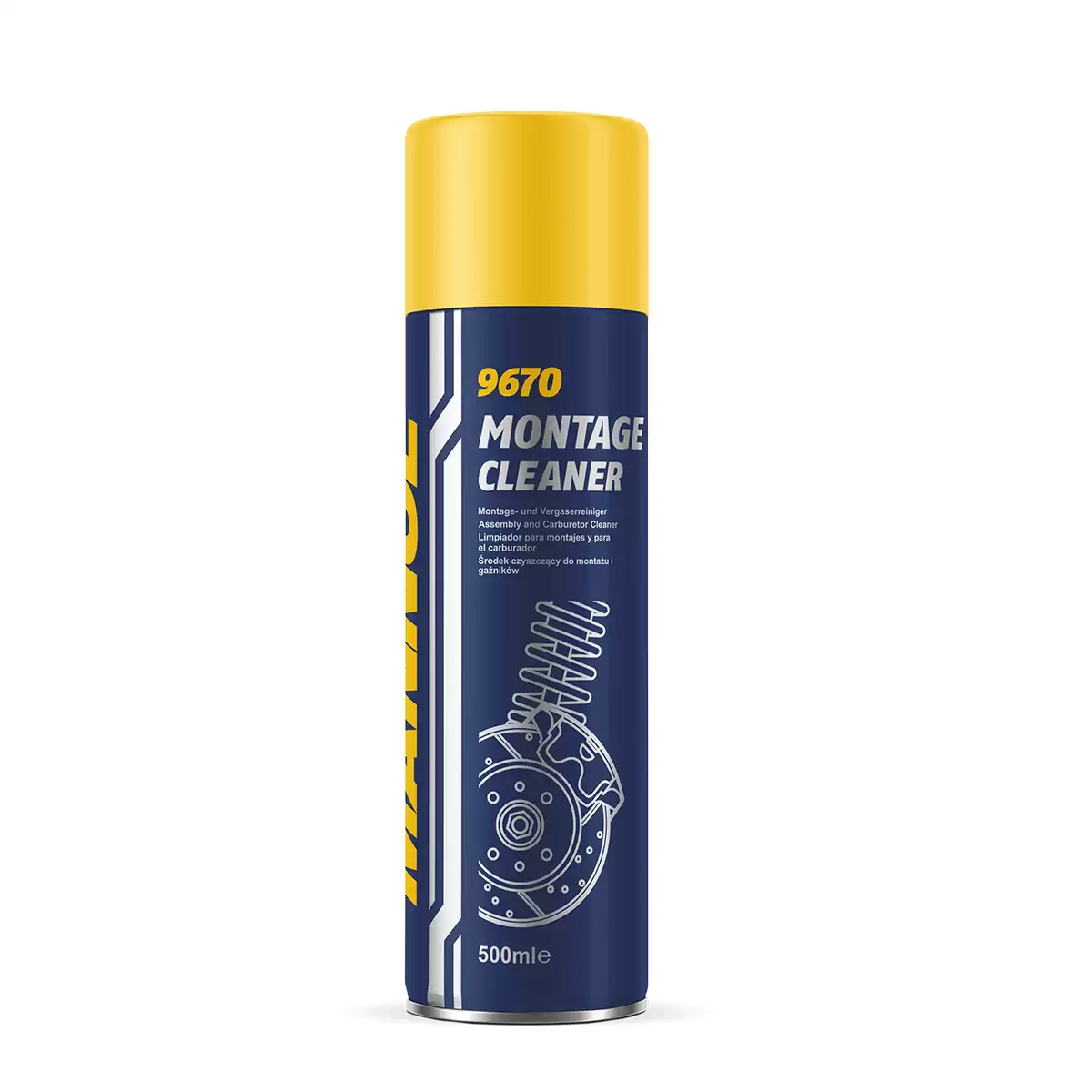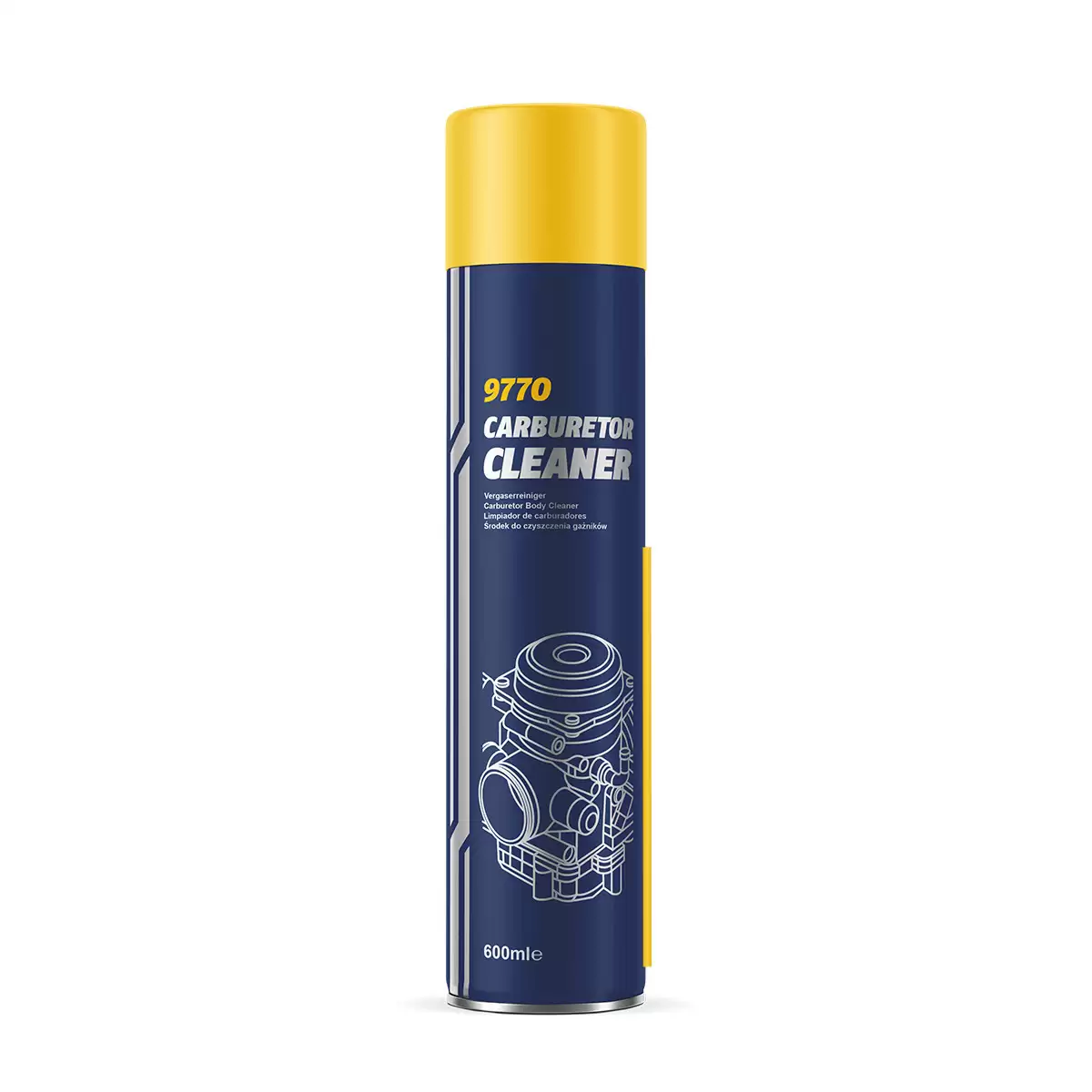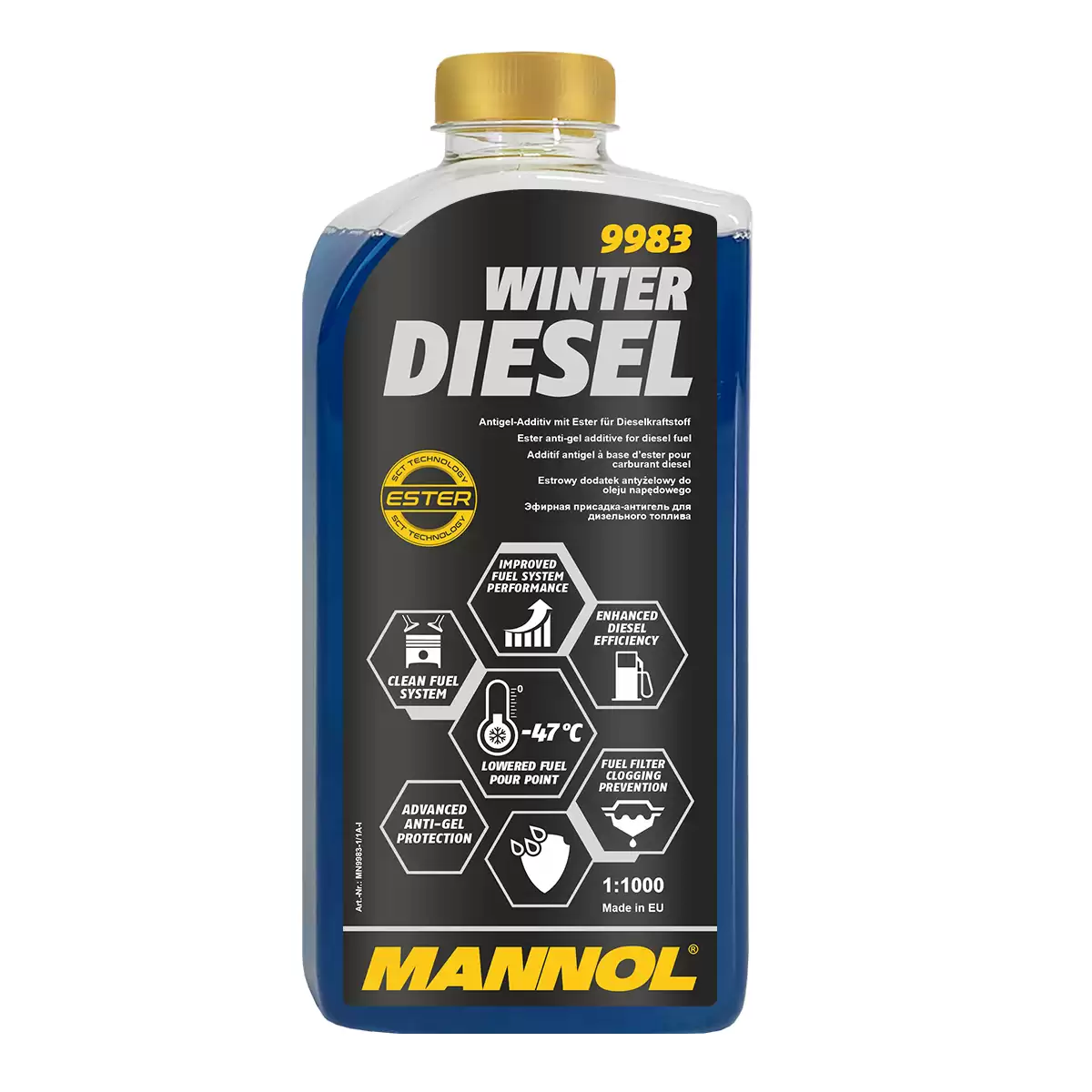


Coolant System Sealant – a special additive for the coolant designed to seal small leaks in the cooling systems of gasoline, diesel, and gas engines.
Suitable for all liquid cooling systems. Especially recommended for aluminum radiators, but also applicable to radiators made of copper, plastic, composite, and other materials.
It is a unique blend of polymers designed to eliminate small leaks in the system.
Product properties:
Compatible with all types of coolants and water. Shows the best performance with OAT (Organic Acid Technology)-based coolants;
Provides excellent anticorrosive and antioxidant properties, significantly improving system heat transfer;
Seals the cooling system and eliminates leaks through gaskets, clamps, small cracks in the radiator, cylinder head gasket, water pump, and cylinder block. Prevents future leaks (does not repair cracks in hoses);
Cures only at leak sites, without clogging radiator channels or hoses. Once hardened, it withstands vibration, temperature changes, and does not wash out or dissolve;
Especially recommended for sealing microcracks and microleaks, which are difficult to detect but cause coolant level drops;
Completely neutral to metal and plastic parts. Restores the elasticity of seals, gaskets, and hoses, preventing drying, hardening, deformation, and cracking, thereby extending their service life;
Extends the life of the water pump;
Recommended for continuous use to prevent leaks, seal aging, and wear, as well as to prevent cooling system failures.
Application:
Check the coolant level.
Start the engine and let it warm up to operating temperature with the heater on.
Shake the bottle thoroughly and pour the contents into the expansion tank (or directly into the radiator) at a concentration of 3–6% (0.3–0.6 L per 10 L of coolant). One 600 ml bottle is sufficient for a 10 L system.
Close the system and let the engine idle for 5–10 minutes until leaks are sealed.
Top up the coolant if necessary.









































































































